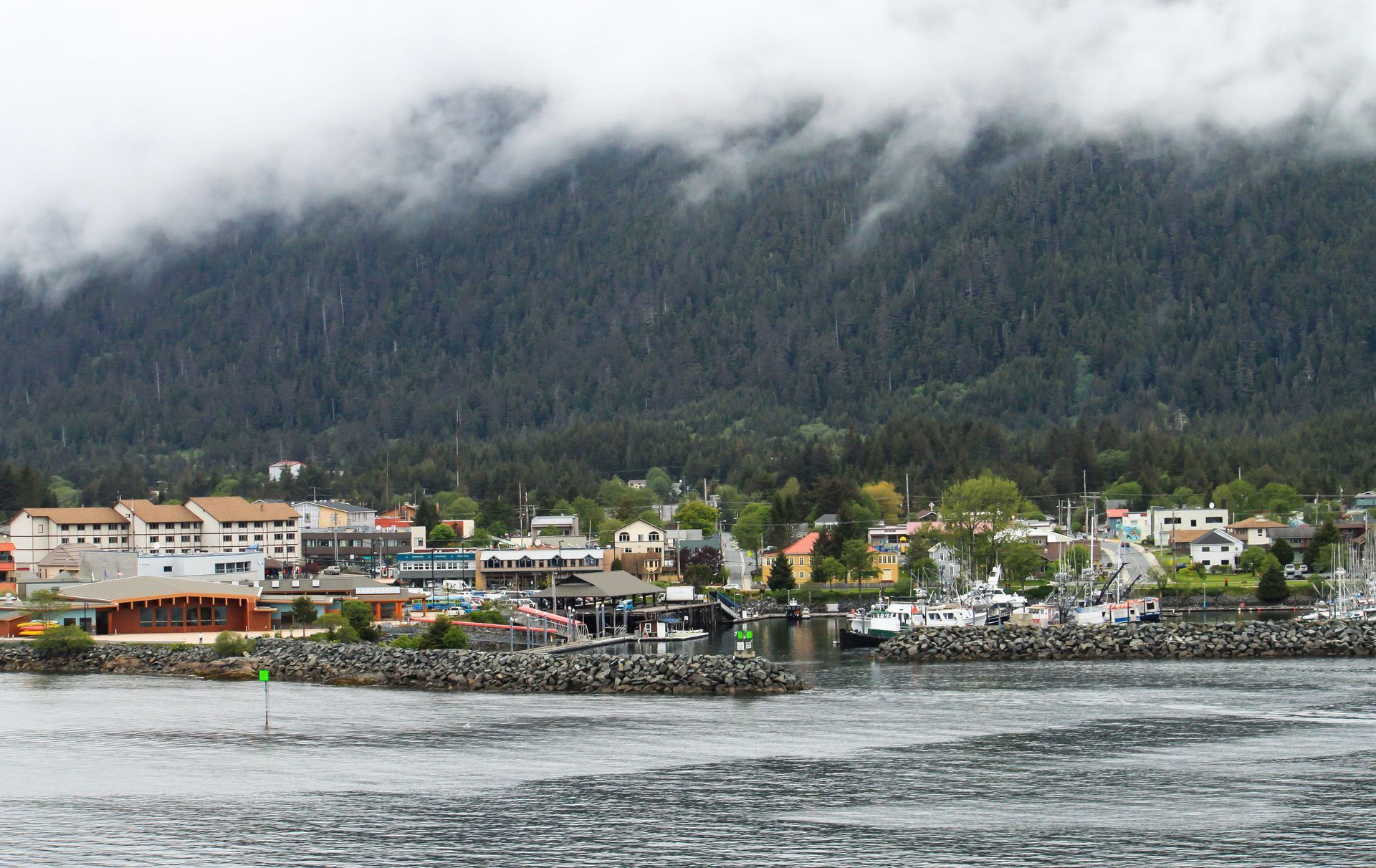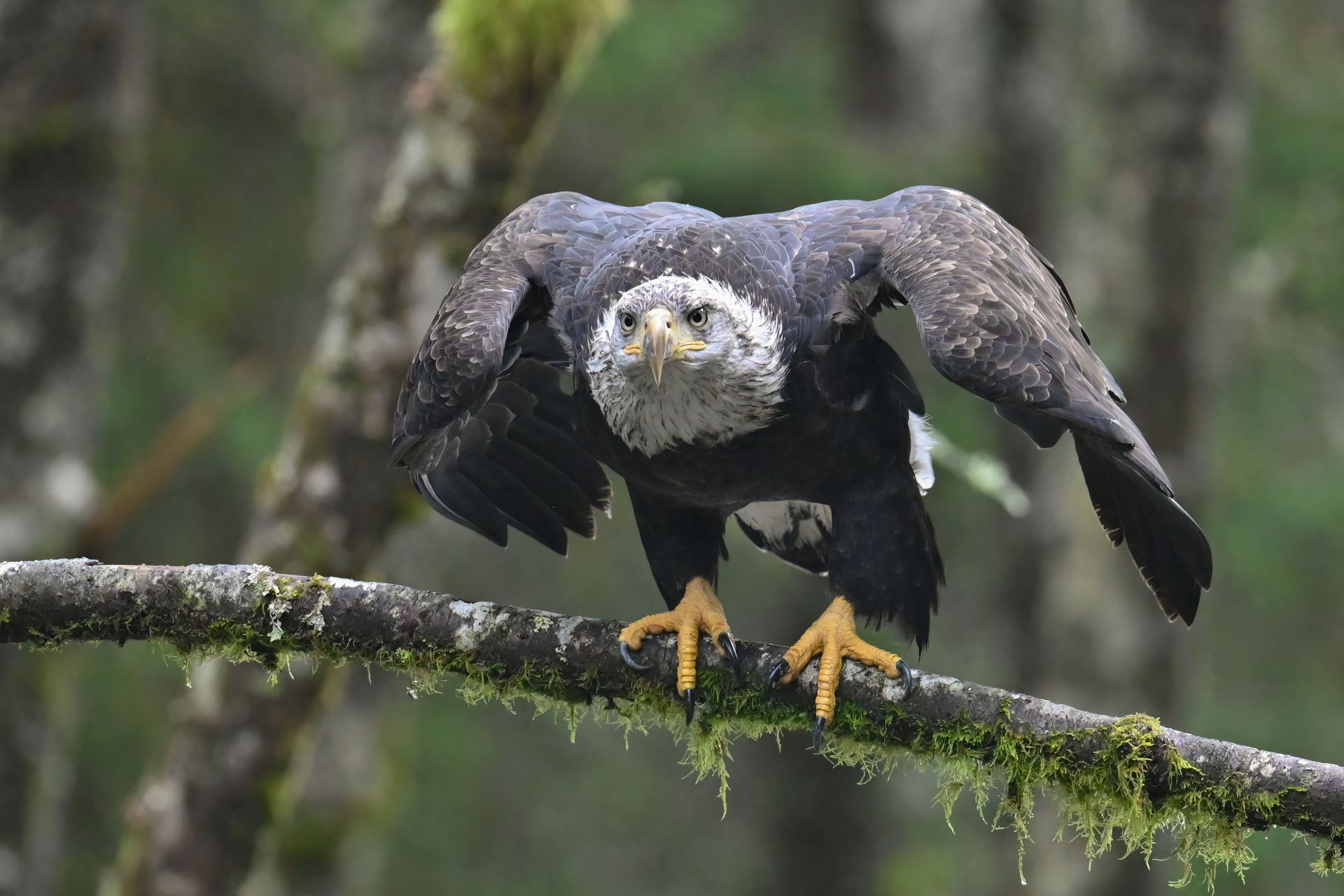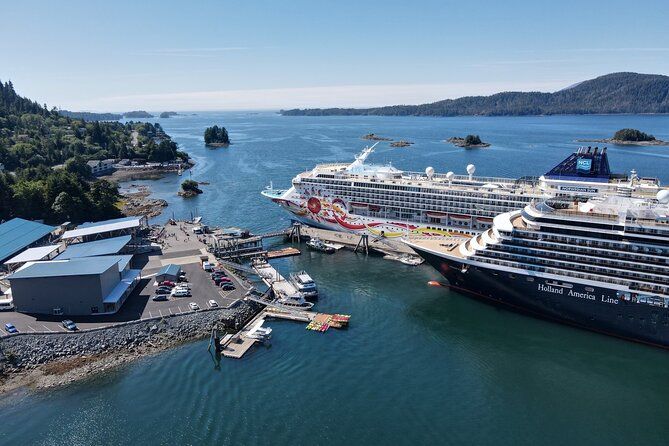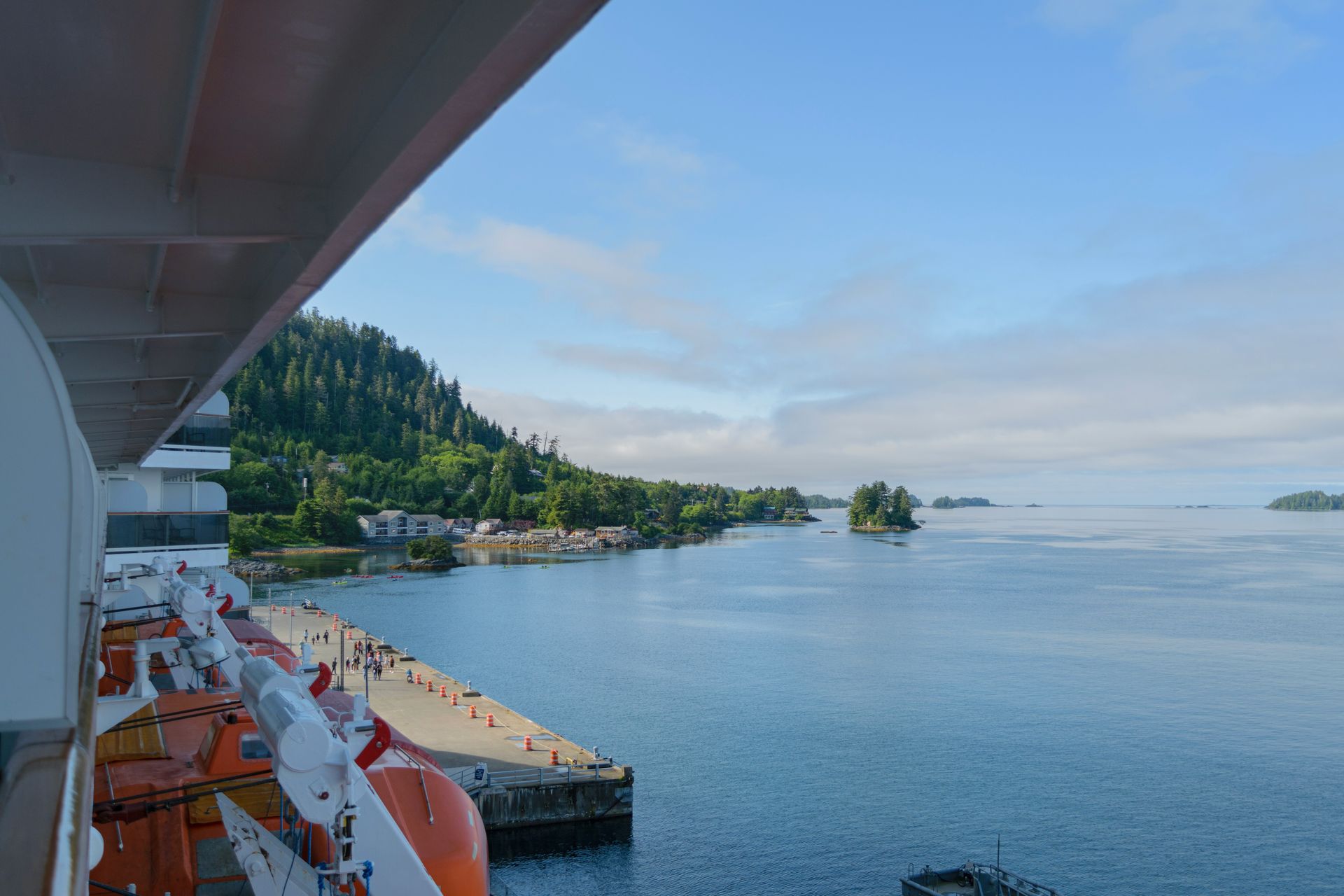Alaska Salmon Fishing Season: When, Where & What You Need to Know
When you think about salmon fishing, you likely think about Alaska. You’re not alone. Anglers far and wide enjoy the rich fishing that Alaska offers. If you’re dreaming of one day casting a line into the clear, flowing waters of our state, you’ll want to know when the best time is to come.
The answer isn’t a single date to mark down, but a number of summer months when fishing season is in full swing. Whether you’re a seasoned angler or a first-timer, we’ll break down what you need to know, from when to come, where to fish, and what you’ll need for the most enjoyable time.
Prime Alaska Fishing Seasons
The entire summer offers incredible salmon fishing opportunities, providing a unique experience depending on when you visit.
May
May kicks off salmon fishing in Alaska. It’s an excellent time to fish for the largest and most prized salmon we have, the King Salmon, as they begin their upstream migration in rivers throughout Alaska. You’ll often enjoy less crowded conditions than the remaining summer months.
June
June is a phenomenal time to fish for King salmon as they tend to reach their peak. The first powerful runs of Sockeye salmon also begin to push into freshwater, creating opportunities for you to fish in both fresh and saltwater settings. You’ll also have the ability to target multiple species as these migrations can overlap.
July
The heart of salmon fishing in Alaska, you’ll find the absolute peak for both diversity and sheer numbers of fish. July is the prime month to potentially encounter all five species of Pacific salmon in the same river systems—King, Sockeye, Coho, Pink, and Chum salmon. The volume of fish and fishing conditions make July an incredibly popular month so keep crowds in mind if you’re eyeing a July visit.
August
King and Sockeye salmon numbers begin to wane, but create room for Coho salmon to flood into the rivers. Many anglers have great success casting brightly colored spinners and spoons in the current to catch Coho. Their August migration into freshwater river systems make them more accessible to both boat and bank anglers, depending on your preference.
September
September brings the end to salmon season, a prime time to get your last few casts before next year. You may find larger, more aggressive salmon, making for a fun challenge. As the summer crowds begin to dissipate, you’ll likely have a more peaceful experience on the water, reminiscent of the start of the season in May.
Top Salmon Fishing Locations
Alaska offers so many great salmon fishing spots that choosing one can be a challenge. The nice part is, there are so many that you really can’t go wrong. For many anglers, the conversation begins and ends with the world-famous Kenai River, known for its massive King salmon. If you’re looking for the largest Sockeye salmon run in the state, Bristol Bay offers a wonderful experience. Given how busy the summer months can get, Kodiak allows for a more remote fishing experience for both Coho and Sockeye.
The coastal towns of Southeast Alaska, including Sitka, Juneau, and Ketchikan, also provide premier saltwater trolling opportunities, allowing you to fish among large schools of migrating salmon.
Do You Need a License to Fish?
Yes. The Alaska Department of Fish and Game requires you to obtain a sport fishing license to fish in Alaska’s fresh and salt waters. This rule applies to Alaska residents aged 18 and older, as well as nonresidents who are 16 years or older. For those specifically fishing for King salmon, an additional King salmon stamp is mandatory. You can purchase these licenses and stamps online, at local sporting goods stores, or directly from Fish and Game offices.
Gear & Preparation Tips
Coming prepared for your Alaskan fishing trip is the single most important thing you can do to ensure an enjoyable fishing adventure. The right gear will keep you comfortable, safe, and effective on the water, while proper preparation will eliminate any stress.
What to Bring
- Rod and reel, typically eight to 10 feet long. This is a versatile choice for most salmon species.
- Tackle box, all depending on the species and fishing method. A well-rounded tackle box for your Alaskan trip should include spinners, plugs, flies, and bait.
- Waders and boots that are high-quality and breathable for staying dry and comfortable while fishing from the bank or in the river.
- Layered clothing so you’re prepared for Alaska’s famously unpredictable weather. Think moisture-wicking material, insulating fleece or a puffy jacket, and a waterproof and windproof rain jacket and rain pants.
- Tools and accessories, including needle-nose pliers for removing hooks, line clippers, and a large landing net.
How to Prepare
- Get your license in advance, print multiple copies, and save a digital version to your phone.
- Know the regulations for areas you’ll be fishing, as they vary by river, species, and even by date.
- Be wildlife aware and understand bear safety protocols, including knowing what to do during a wildlife encounter.
- Pack smart and make sure you’re prepared with the above items that are helpful to bring.



